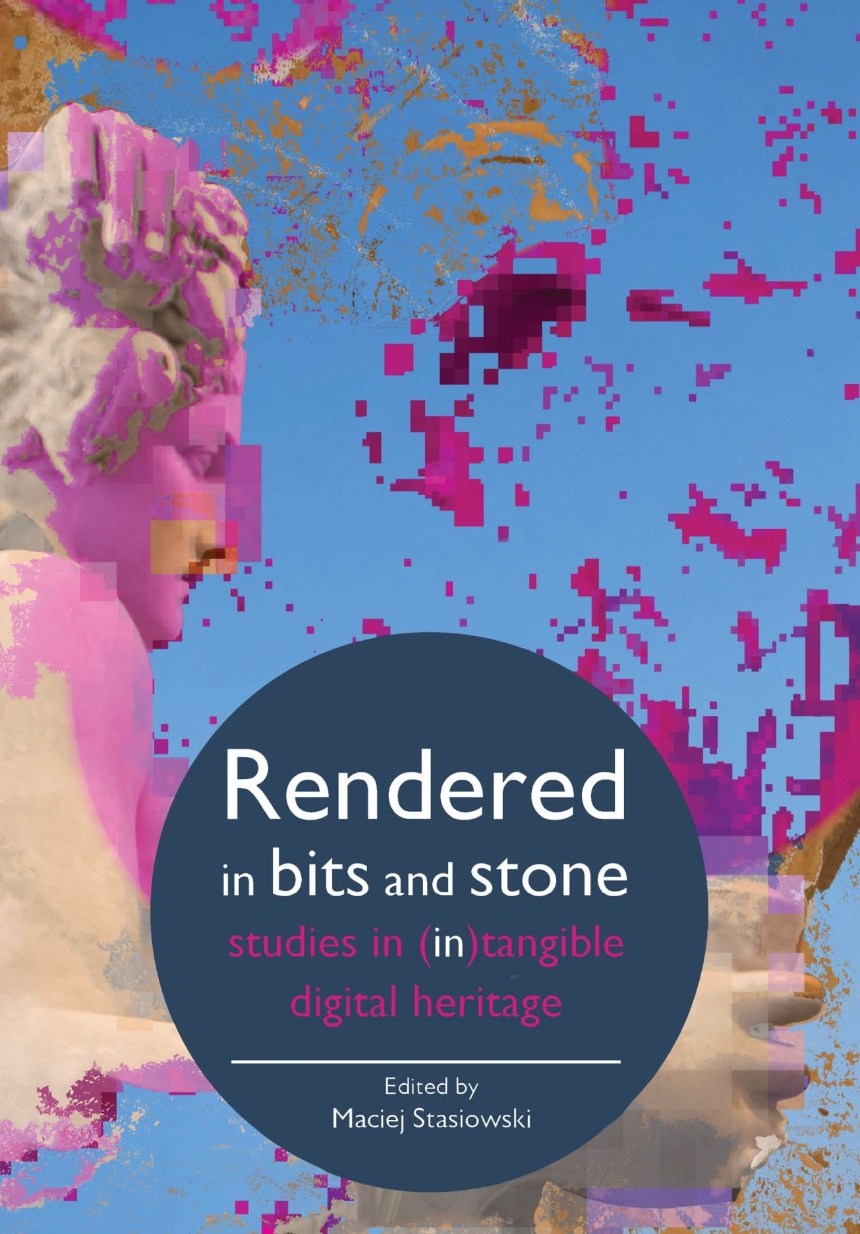As digital technologies increasingly shape how we preserve, interpret, and experience the past, the field of digital heritage has undergone rapid and transformative growth. This book offers a timely and critical exploration of how tools such as 3D modelling, augmented reality, and mobile applications are redefining the landscape of heritage conservation and storytelling.
Bringing together contributions from international scholars across disciplines, including architectural conservation, archaeology, urban studies, tourism, photography, museology, and game studies, this volume engages with the complex politics, practices, and potentials of digital heritage. The chapters are organized around three thematic strands: the digital politics of conservation, technology as a medium for narrative and interpretation, and the creation of virtual reconstructions of the past.
By critically examining the limitations of traditional preservation methods and the innovative opportunities offered by digital tools, this collection not only reflects the current state of the field but also contributes to its future directions. Featuring culturally and geographically diverse case studies and blending theoretical insight with practical application, the book is essential reading for students, researchers, and professionals in heritage studies, conservation, architecture, archaeology, and cultural tourism.
300 pages | 105 halftones | 6.69 x 9.61 | © 2026
Architecture: Architecture--Criticism
History: General History
Table of Contents
Introduction
In Tangible Matters: Emergence of the Permanent Exhibit
Maciej Stasiowski
Part I: Politics behind reconstruction
(intangible factors in preservation and restoration)
Chapter 1
Reintegration of Missing Parts on Stone Sculpture: Comparing Traditional and Modern Techniques
Peter Kozub
Chapter 2
Mixing Realities to Awaken the Future: Visiting the monastery of Santa Cruz of Coimbra in 1834
Rui Lobo, Mauro Costa Couceiro
Chapter 3
Making Imagination of Pasts with the Case study “Reconstructing the Neighbourhood”
Atanur Andic
Part II: Agents of Storytelling
(agency versus storytelling)
Chapter 4
The City as a Museum: Restoring the identity and intangible heritage of Nottingham’s multicultural past through augmented reality and location-based technology
Andrea Moneta
Chapter 5
Conservation in the post-pandemic era: Avatar-based virtual reality technology provides new opportunities for heritage conservation, a case study of the Bishop Hill Underground Reservoir in Hong Kong
Mingming Zhao, Yuan Jin, Tatjana Crossley, Thomas Chung
Chapter 6
Heterotopia on Demand: The Digital Possesso Project
Hussein Keshani, Antonella de Michelis
Part III: Resurrections
(restoring the damaged, reviving the lost)
Chapter 7
3D Photogrammetric Reconstruction of Al-Khazneh (The Treasury) Utilising Crowdsourced Images & Retracing Visitors’ Experiences in the Ancient City of Petra, Jordan
Nemeh Rihani
Chapter 8
Playing the Past: Using WEBXR to rebuild the lost city
Emily Godden
Chapter 9
The Dormant Buildings of Imbros: Dami, Photogrammetry and Drawing
Sevcan Ercan, Joe Graham
Afterword: algorithmic uncertainty
Chapter 10
Machine Vision and Algorithmic Creativity: Application of Image Recognition. Algorithms to Architectural Style Analysis
Malgorzata Starzynska

